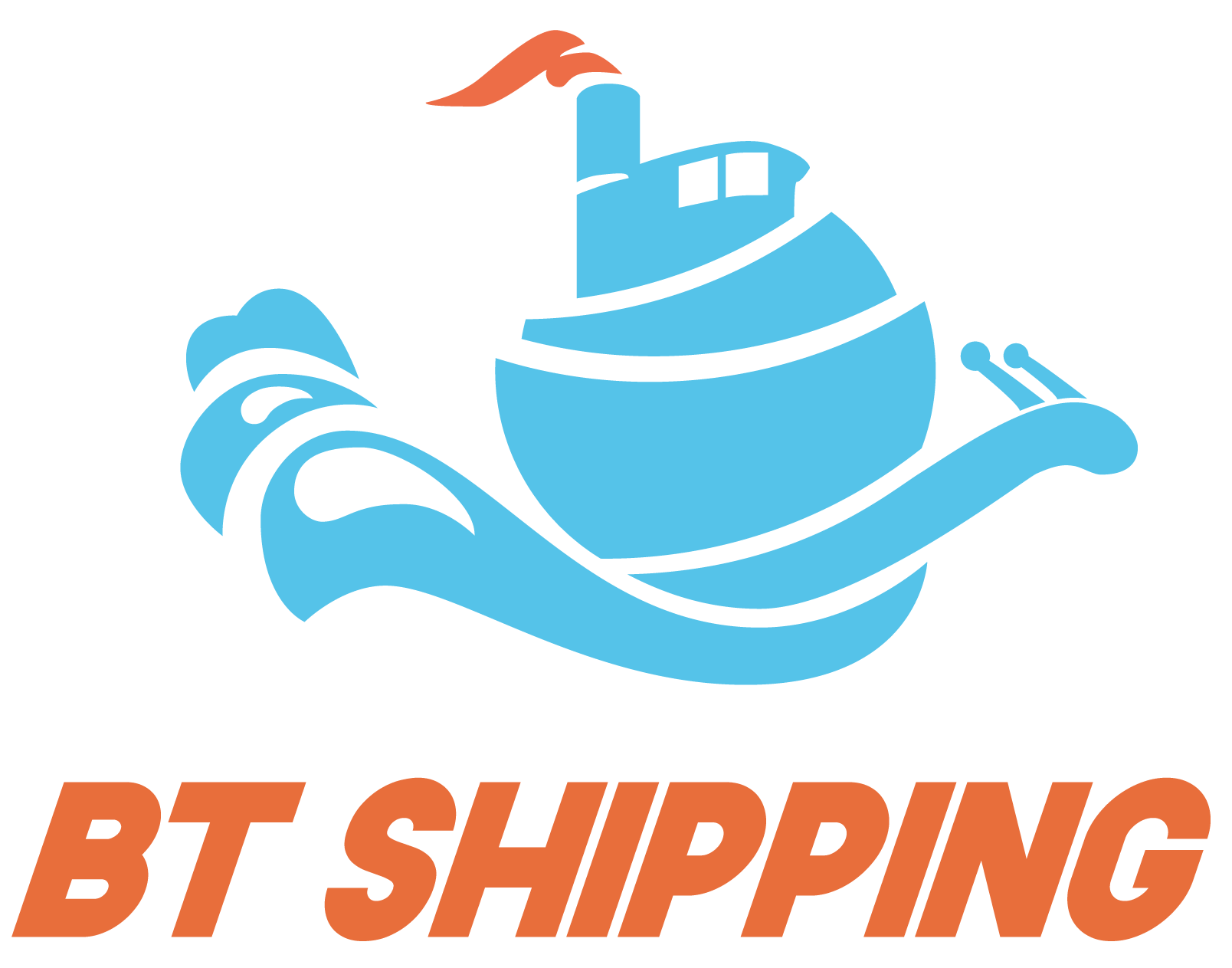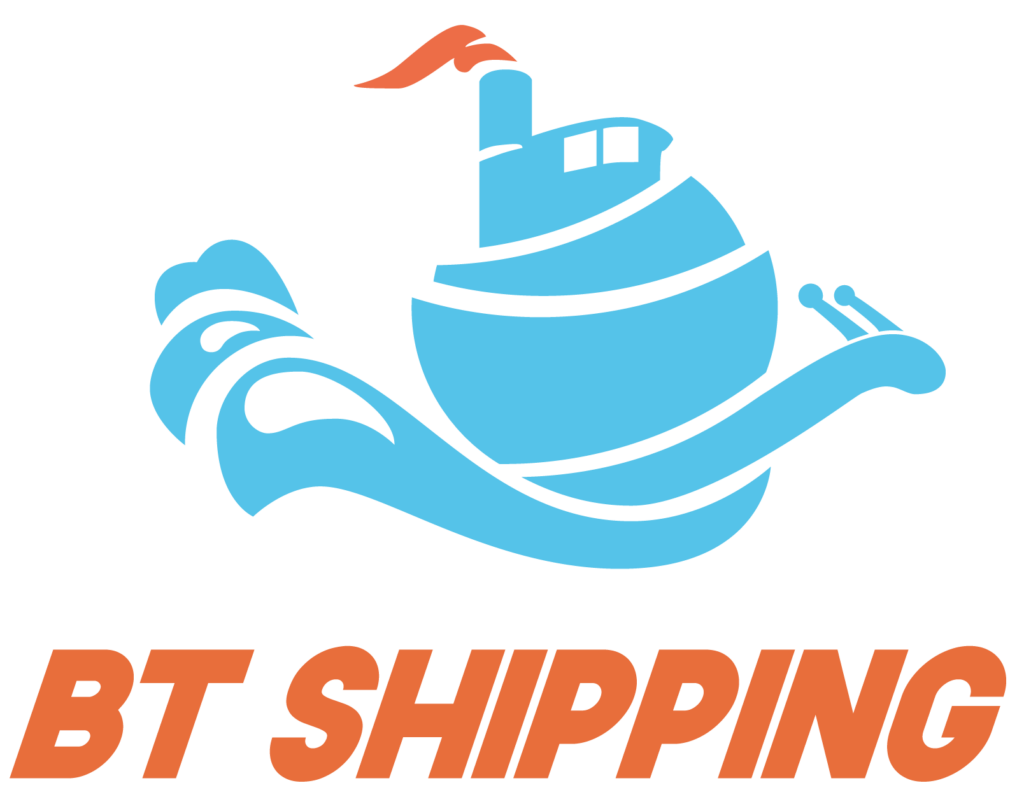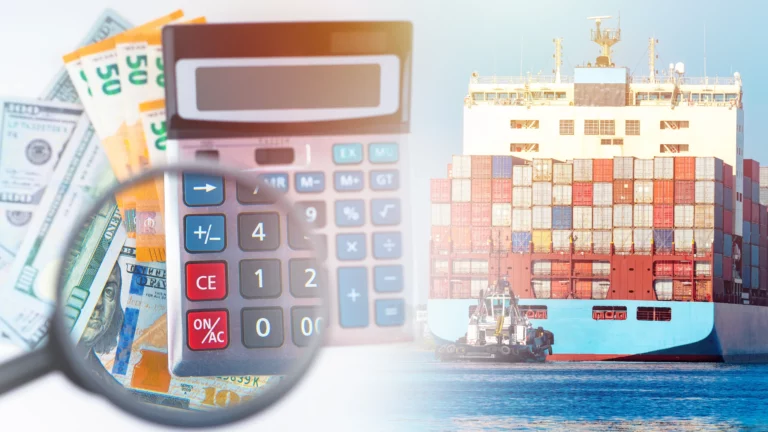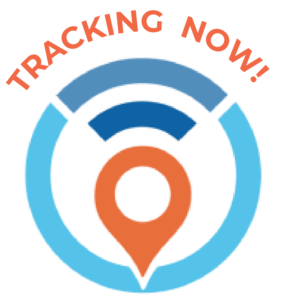China to Philippines
- Home
- China to Philippines
Specialize in Reliable Door-to-Door Delivery
Not Just Fast: Your Reliable
Shipping Partner to the Philippines
With China being a key trading partner of the Philippines, the movement of goods between these countries is substantial. BTS optimizes your logistics with comprehensive services including cargo consolidation, customs clearance, and delivery. Our in-house handling team guarantees swift cargo turnover, overcoming challenges like delays, high costs, and complex procedures, making your supply chain seamless and reliable.
![shutterstock_2477372473 [转换]-01](https://www.btshipping.com/wp-content/uploads/2024/08/shutterstock_2477372473-转换-01-scaled.jpg)


Flexible and Cost-Effective Solutions for Philippine Shipments
Choose from a wide selection of efficient and budget-friendly shipping options, guaranteeing fast, reliable, and secure delivery of your shipments to the Philippines.
Sea Freight
BTS provides efficient sea freight solutions, utilizing LCL and FCL services from China to various ports in the Philippines. Our NVOCC status guarantees secured bookings and effective handling for your cargo.
Air Freight
Streamline your supply chain with our expedited air freight services from major Chinese airports to Ninoy Aquino and Mactan-Cebu International Airports, offering transit times of just 2-3 days for urgent shipments.
Express Service
For time-critical shipments, our express service delivers goods swiftly from China to various cities in the Philippines, ensuring timely arrivals and minimal delays for urgent consignments.
Door to Door Delivery
BTS simplifies trade with comprehensive door-to-door delivery, from your facility in China to any address in the Philippines. Our service includes pickup, consolidation, shipping, customs clearance, and final delivery.
Customs Clearance
Navigating customs is effortless with BTS. Our expert team handles all documentation and procedures, ensuring smooth customs operations in the Philippines and timely delivery within 1-2 days.
Detailed Service Timelines, Characteristics and Advantages
BTS delivers shipments 20% faster than typical industry standards, reducing China to Philippines shipping time, and providing prompt and efficient service.
Shipping Types | Estimated Transit Times | Key Characteristics | Why Choose |
Sea Freight | 7-13 days | Best for cost savings on large and small shipments. | Economical and secure for bulk goods. |
Air Freight | 2-3 days | Ideal for fast, urgent deliveries. | Quickest option with minimal transit time. |
Door-to-Door Service | Sea Freight: 10-20 days Air Freight: 3-7 days | Complete service from pick-up to delivery. | Simplifies logistics, with all handling and paperwork managed for you. |
Why BTS: Speed in Delivery, Trust in Service
BTS ensures smooth shipping with extensive experience, advanced logistics technology, and a dedicated customer support team, making your logistics operations hassle-free as a dependable freight forwarder company.
Enjoy Streamlined and Seamless Shipping with BTS
1
Select Shipping Method
Choose the best freight option for your shipment.
2
Customs Documentation and Clearance
BTS manages all customs documentation and clearance.
3
Track Shipment
Monitor your cargo in real-time via our advanced systems.
4
Receive Goods
Timely delivery to your specified destination.
1、What are the main ports in China used for shipping to the Philippines?
Major Chinese ports for shipping to the Philippines include:
-
Shanghai Port: The busiest port in China, offering extensive global shipping connections.
-
Shenzhen Port: Comprising multiple terminals, key for southern China’s trade.
-
Guangzhou Port: Another significant port in southern China, with extensive services to Southeast Asia.
-
Ningbo-Zhoushan Port: Near Shanghai, handles a significant volume of international shipments.
-
Qingdao Port: Located in eastern China, important for trade on the northern coast.
-
Dalian Port: Situated in the northeastern part of China, an important hub for international trade in the region.
-
Tianjin Port: As the largest port in northern China, it plays a crucial role in facilitating trade with the Philippines.
-
Xiamen Port: Located on the southeastern coast, well-positioned for shipping to Southeast Asia.
These ports are well-equipped to handle a variety of cargo types and offer frequent shipping services to the Philippines.
2、What are the main ports in the Philippines for receiving shipments from China?
Major ports in the Philippines receiving shipments from China include:
-
Port of Manila: The largest and the busiest port, handling the majority of the country’s international cargo.
-
Port of Cebu: Located in central Philippines, significant for trade within the Visayas region.
-
Port of Davao: Key port in Mindanao, supporting southern Philippines’ trade.
-
Port of Subic Bay: A major port in Luzon, known for its free port zone and logistics facilities.
-
Port of Batangas: Important for industrial and agricultural products, located south of Manila.
These ports are crucial hubs in the Philippines’ logistics network, ensuring efficient distribution of imported goods across the country.
3、 What are the main goods exported from China to the Philippines?
The main goods exported from China to the Philippines include electronics such as smartphones, laptops, and components; machinery and mechanical appliances; textiles and garments; plastics and plastic products; chemicals; household appliances; toys and games; footwear; and various consumer goods. The Philippines heavily relies on China for these high-demand products due to competitive pricing and the robust manufacturing sector in China.
4、What factors influence the cost of shipping from China to the Philippines?
Several factors influence the cost of shipping from China to the Philippines:
-
Type and Volume of Goods: Higher volume or heavier goods typically increase the cost.
-
Shipping Method: Air freight is generally quicker but more expensive than sea freight. FCL (Full Container Load) is cheaper per cubic meter than LCL (Less than Container Load).
-
Distance and Route: The distance between the shipping origin and the destination port affects fuel costs and transit time.
-
Fuel Prices: Fluctuations in global oil prices can directly impact the cost of shipping.
-
Customs Duties and Taxes: Import duties, VAT, and other local taxes in the Philippines can add to the total cost.
-
Additional Services: Insurance, warehousing, and expedited delivery services will increase shipping costs.
5、What documents are required for customs clearance in the Philippines?
The documents typically required for customs clearance in the Philippines include:
-
Commercial Invoice: Details of the transaction between the buyer and seller.
-
Packing List: A detailed list of the cargo, including weight, volume, and packaging type.
-
Bill of Lading (BOL) or Airway Bill (AWB): A transport document issued by the carrier.
-
Import Permit or License: Required for restricted goods.
-
Certificate of Origin: Indicates the country where the goods were manufactured.
-
Customs Declaration Form: To declare the nature and value of the goods.
-
Other Relevant Licenses or Certificates: Depending on the type of goods, additional documents may be required (e.g., health certificates for food items).
6、Are there any goods prohibited from being imported into the Philippines?
Yes, the Philippines has a list of prohibited and restricted items, including:
-
Hazardous Waste: Toxic or hazardous materials.
-
Firearms and Ammunition: Subject to strict regulation and usually require special permits.
-
Narcotics and Illegal Drugs: Strictly prohibited with severe penalties.
-
Counterfeit and Pirated Goods: Goods that violate intellectual property rights.
-
Explosives and Chemical Precursors: Used in the manufacturing of explosives.
-
Specific Agricultural Products: Certain plants, fruits, and seeds subject to quarantine regulations.
-
Gambling Devices: Unless specified by particular regulations.
Always check with Philippine customs for the most current list of prohibited items.
7、Can door-to-door service cover both commercial and personal shipments?
Yes, door-to-door services can be used for both commercial and personal shipments. We cater to businesses and individuals, ensuring safe and reliable delivery of goods.
8、How do I choose between sea freight and air freight?
If your goods are less than 200 kg, not very heavy, or urgently needed, air freight is the best option. For larger, heavier, or less time-sensitive shipments, sea freight is more cost-effective.
9、What trade agreements exist between China and the Philippines?
China and the Philippines participate in several significant trade agreements:
-
ASEAN-China Free Trade Area (ACFTA): This agreement reduces or eliminates tariffs on a wide range of goods traded between China and ASEAN countries, including the Philippines. It aims to promote trade and accelerate economic integration in the region by simplifying customs procedures and providing transparent rules of origin.
-
Regional Comprehensive Economic Partnership (RCEP): RCEP includes China, the Philippines, and other Asia-Pacific nations. It aims to create a comprehensive economic partnership that lowers tariffs, harmonizes trade regulations, and enhances market access for goods, services, and investments among member countries.
10、How long does customs clearance take in the Philippines?
Customs clearance in the Philippines generally takes 1-2 days if all documentation is accurate and complete. However, the process can be delayed due to:
-
Discrepancies in Paperwork: Missing or incorrect documentation.
-
Additional Inspections: Random or required inspections based on the nature of the goods.
-
High Cargo Volume: Peak shipping seasons or congestion at ports.
To expedite customs clearance, it’s essential to ensure all paperwork is prepared in advance and accurately filled out.
11、What are the import duties and taxes for goods entering the Philippines?
The import duties and taxes in the Philippines vary widely depending on the product category:
-
Customs Duties: Usually calculated as a percentage of the CIF (Cost, Insurance, and Freight) value of the goods.
-
Value-Added Tax (VAT): Typically 12% on the landed cost (CIF value plus Customs Duty).
-
Excise Tax: Applicable for specific goods such as alcohol, tobacco, and petroleum products.
-
Other Fees: Possible additional fees, including processing, handling, and documentation charges.
To get an exact rate, it’s advisable to consult the Philippine Tariff Commission or BT Shipping.
12、 How do you ensure the safety of my cargo during transit?
We ensure the safety of your cargo through:
-
High-quality packaging materials.
-
Experienced handlers.
-
Real-time tracking and monitoring systems.
-
Offering insurance options for added protection.



-768x512.webp)


